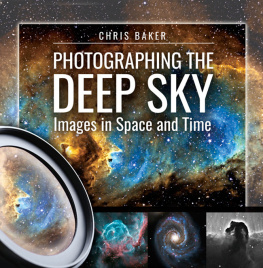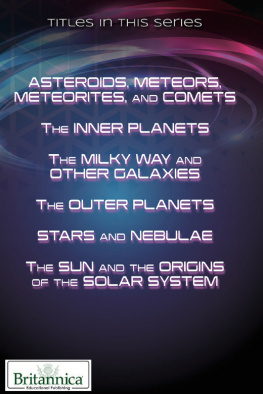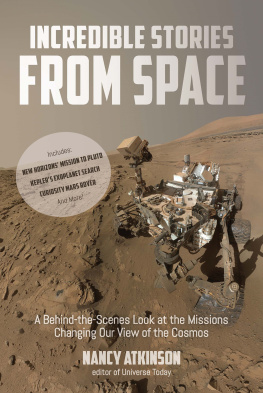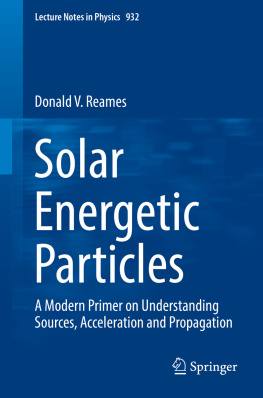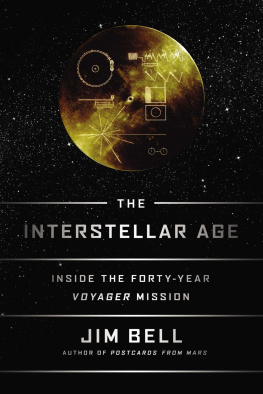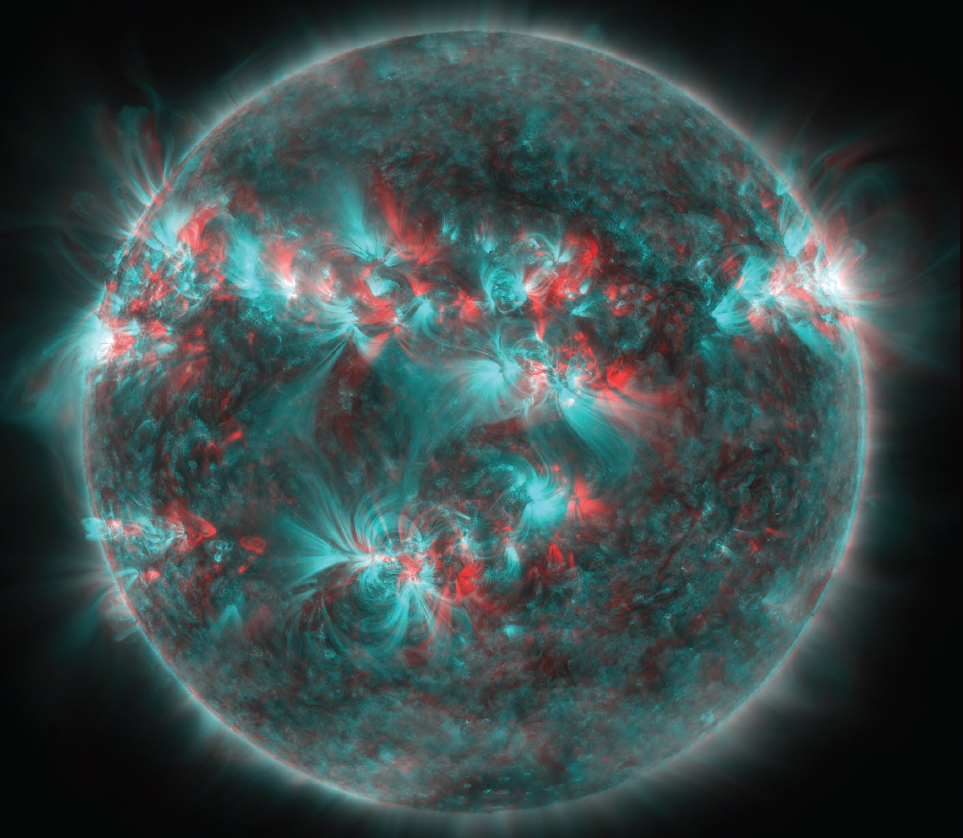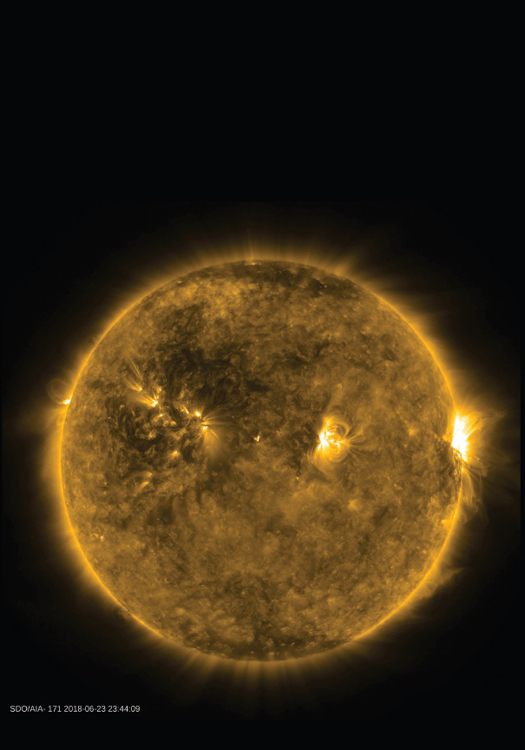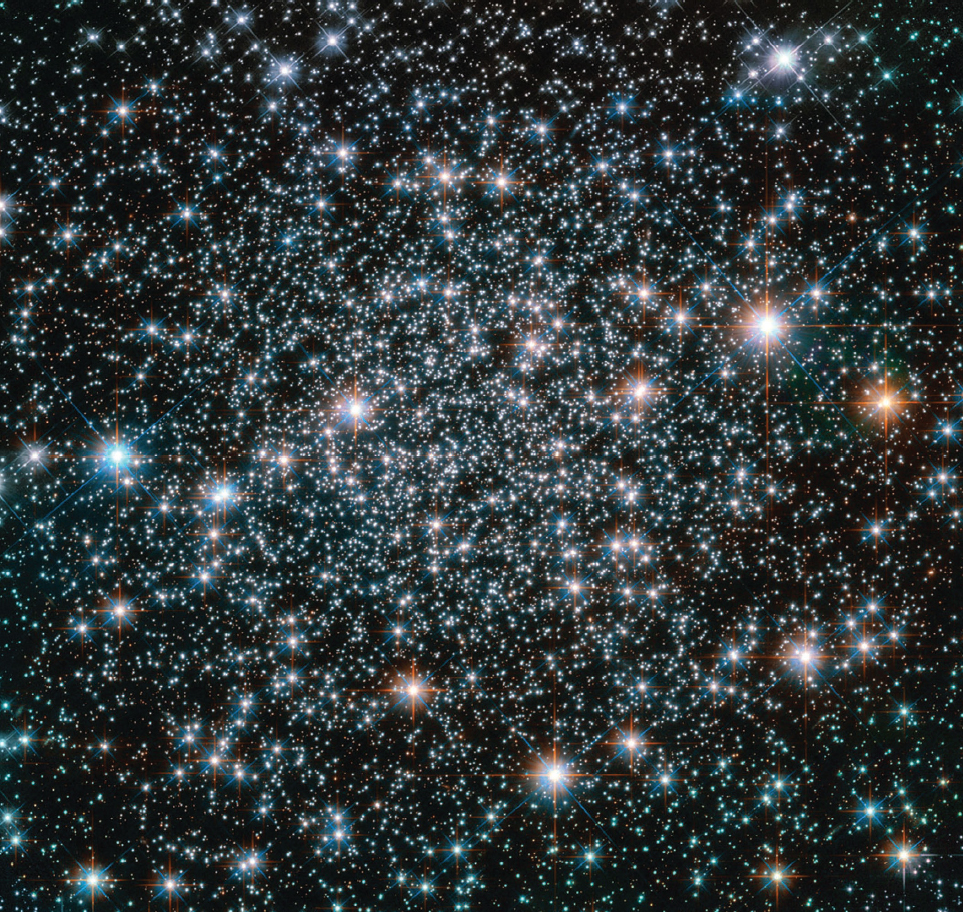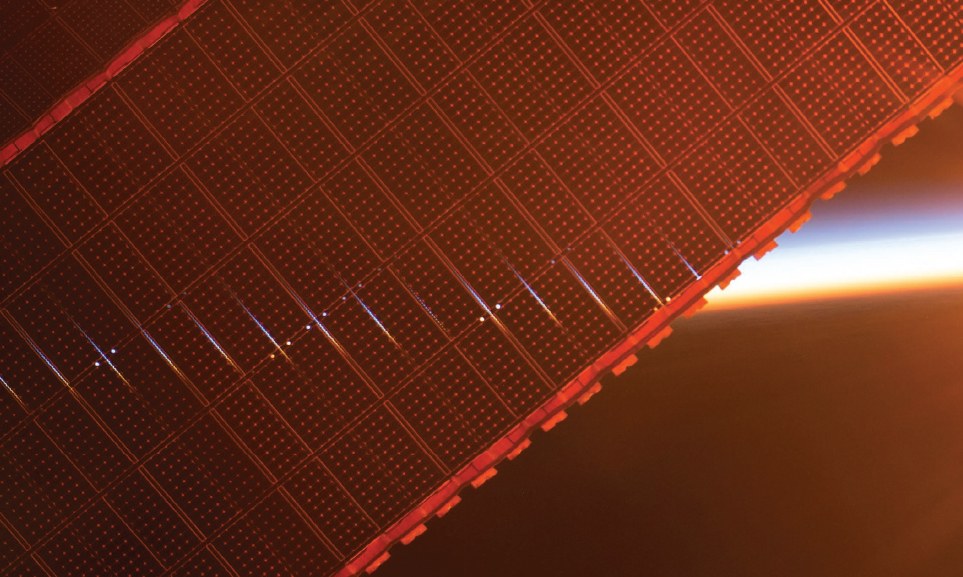
B eth Alesse is a graphic artist, editor, and author. She curates image collections to present in books, some of which she has written, and media. She is well suited for this with degrees in both art and education and backgrounds in graphic arts, linguistics, and visual and audio digital media.
Copyright 2019 by Amherst Media, Inc.
All rights reserved.
All photographs by NASA unless otherwise noted.
Published by:
Amherst Media, Inc., P.O. Box 538, Buffalo, N.Y. 14213
www.AmherstMedia.com
Publisher: Craig Alesse
Associate Publisher: Katie Kiss
Senior Editor/Production Manager: Michelle Perkins
Editors: Barbara A. Lynch-Johnt, Beth Alesse
Acquisitions Editor: Harvey Goldstein
Editorial Assistance from: Ray Bakos, Carey Miller, Rebecca Rudell, Jen Sexton-Riley
Business Manager: Sarah Loder
Marketing Associate: Tonya Flickinger
ISBN-13: 978-1-68203-340-1
Library of Congress Control Number: 2017963171
Printed in The United States of America.
10 9 8 7 6 5 4 3 2 1
No part of this publication may be reproduced, stored, or transmitted in any form or by any means, electronic, mechanical, photocopied, recorded or otherwise, without prior written consent from the publisher.
Notice of Disclaimer: The information contained in this book is based on the authors experience and opinions. The author and publisher will not be held liable for the use or misuse of the information in this book.
www.facebook.com/AmherstMediaInc
www.youtube.com/AmherstMedia
www.twitter.com/AmherstMedia
www.instagram.com/amherstmediaphotobooks
AUTHOR A BOOK WITH AMHERST MEDIA
Are you an accomplished photographer with devoted fans? Consider authoring a book with us and share your quality images and wisdom with your fans. Its a great way to build your business and brand through a high-quality, full-color printed book sold worldwide. Our experienced team makes it easy and rewarding for each book soldno cost to you. E-mail today.
Contents
Image credits: NASA/SDO
Introduction
T he Sun is part of the book trilogy: The Earth, The Sun, and The Moon, and features beautiful and awe-inspiring images. Some of the images are historic, technologically unrefined by todays standards; other images are made from state-of-the-art earthbound and spacefaring instruments. The early images illustrate humanitys early understanding that the Sun has nursed life on the planet Earth is evident from ancient Chinese recordings of sunspotsthe first recorded observations of the Sun. Knowing the Suns rhythms and patterns meant seasons, weather, and climate could be understood, anticipated, and successfully predicted. Our recording of observable features continues today with sophisticated instruments that are on and orbiting Earth, and orbiting the Sun. This data will help us to understand the Sun, the solar systems dynamic environment, cope with the dangers of space weather, and make space travel safer, increasing the likelihood of exploration.
Many of the images in this book are made by National Aeronautics and Space Administration (NASA) and their astronauts, and some originate from the surface of Earth such as those by the U.S. Forest Service and the U.S. Department of Agriculture. Most are made from instruments on satellites and earthbound telescopes that are part of NASA research projects and their many associates throughout the world. Data is often combined with information from different instruments. Often, what is recorded is not visible to the human eye or safe for the eye to directly observe. Data collected and often visually presented as shown here from the Parker Solar Probe launched in 2018, is not photographic, but allows scientists to make great strides in what we know about the Sun.
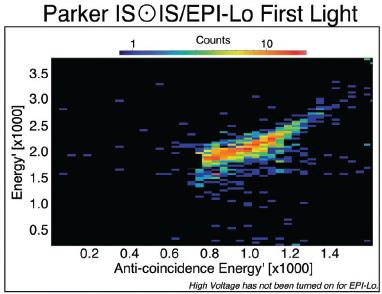
I have tried to give image credits as requested by the websites (most often NASA) where each image was acquired. Similar images were available from different websites with variations in credits provided. If I have left anyone out, please contact me and corrections will be made in future editions. Also, if you would like to explain your imaging process, feel free to reach out. For those whose images were not included, I would like to hear from you too.
Beth Alesse
Facts About the Sun
Image credits: NASA/SDO/AIA
Location and Neighbor
Our star, the Sun, is located in the Milky Way galaxy. The Milky Way is a barred spiral galaxy with two major arms that curl off the center bar of stars in its middle. This image illustrates the two arm model of our galaxy, which was previously thought to have four arms. The two arms are called Scutum-Centaurus and Perseus. The two other previous arms, Norma and Sagittarius, still exist as minor arms. The blue areas in the image are star-forming regions.
The Sun is located in a minor arm of the Milky Way called Orion, or the Orion Spur. The closest star system4.37 light-years awayis Alpha Centauri, which has a binary star Alpha Centauri AB with a third loosely gravitationally bound smaller star, Alpha Centauri C.
Image credits: NASA/JPL-Caltech
Image credits: NASA/Naval Research Laboratory/Parker Solar Probe
One of Many Stars
The Sun is one of at least 100 billion stars in our Milky Way galaxy. Some scientists estimate that the galaxy may hold as many as 400 billion stars.
The data for this image is compiled from two instruments on the Parker Solar Probe, called WISPR (Wide-field Imager for Solar Probe) instrument suite. It was one of the first images taken by the probe. The left side of the image used the probes outer telescope. The right side used the inner telescope. The main purpose of the probe is to study the Sun. However when it was first launched in 2018, this image of the Milky Way was taken to help test the new probes instruments. What appears to be a bright star on the right is really the planet Jupiter.
Heavy-Metal Stars
The Sun is a heavy-metal star. This image of globular cluster NGC 6496 was acquired with the Hubble telescope. It shows a higher proportion of stars with elements heavier than hydrogen and helium. In astronomy, these heavier elements are known as heavy metals.
Image credits: NASA/ESA
Next page


